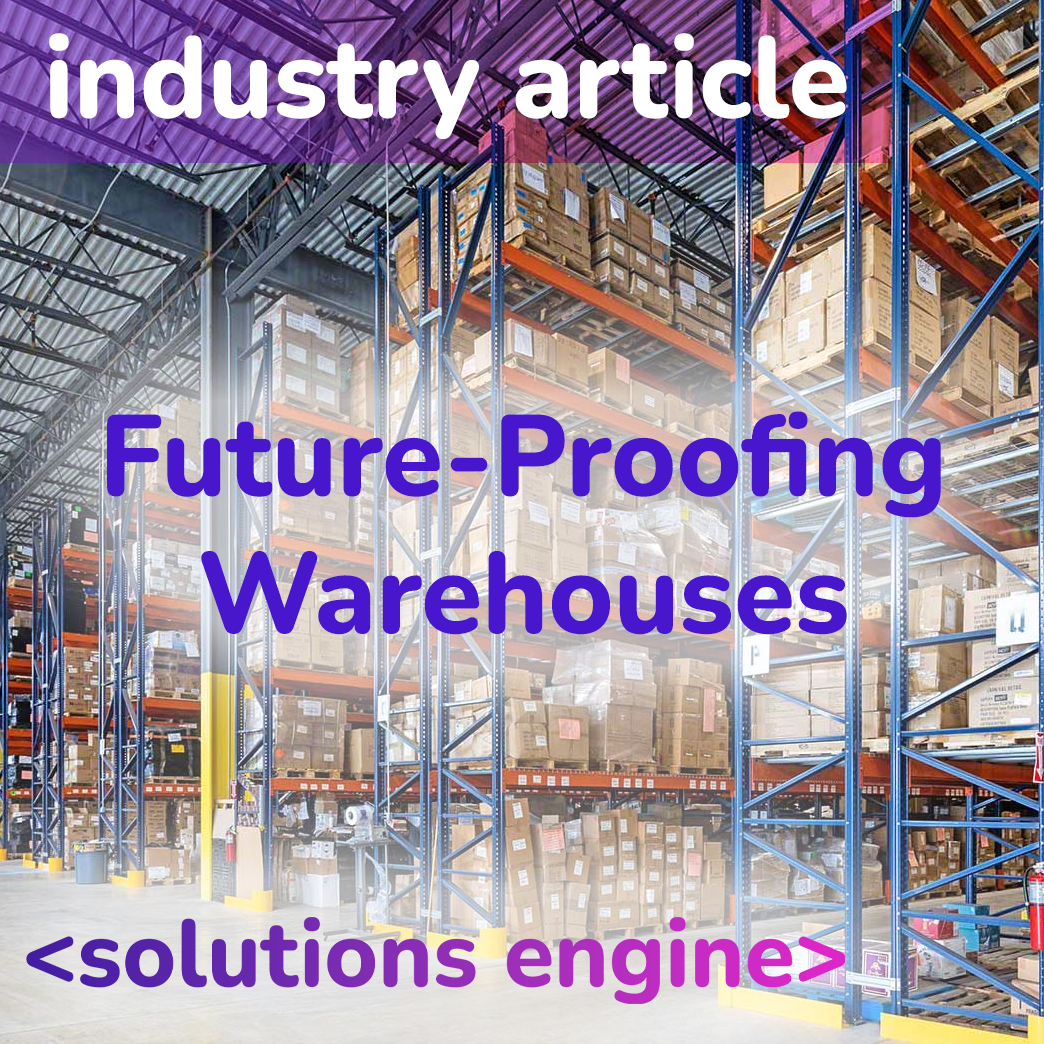Future-Proofing Warehouses: A Necessity in the Ever-Evolving Supply Chain Landscape
In the dynamic world of logistics and supply chain management, warehouses play a crucial role in ensuring the smooth flow of goods and materials. However, with the constant evolution of technology, consumer expectations, and global market trends, the traditional warehouse model is no longer sufficient. It is imperative for businesses to invest in future-proofing their warehouses to remain competitive and adapt to the changing landscape.
 What Does Future-Proofing a Warehouse Mean?
What Does Future-Proofing a Warehouse Mean?
Future-proofing a warehouse involves designing and equipping it with the flexibility and adaptability to meet the demands of tomorrow. It goes beyond simply meeting current needs; it anticipates future challenges and opportunities, ensuring the warehouse can evolve and remain efficient in the face of change.
Why is Future-Proofing Essential?
- Technological Advancements: The rapid pace of technological innovation is transforming the logistics industry. Automation, robotics, artificial intelligence, and the Internet of Things (IoT) are revolutionizing warehouse operations. A future-proof warehouse embraces these technologies, allowing for seamless integration and upgrades as new solutions emerge.
- Changing Consumer Expectations: Consumer demands are evolving rapidly. Faster delivery times, increased product variety, and personalized experiences are becoming the norm. A future-proof warehouse is agile enough to handle fluctuating order volumes, diverse product ranges, and customized fulfillment processes.
- Sustainability Concerns: Environmental sustainability is a growing concern for businesses and consumers alike. Future-proofing a warehouse involves incorporating eco-friendly practices, such as energy-efficient lighting, renewable energy sources, and waste reduction initiatives.
- Scalability and Flexibility: Business growth and market fluctuations are inevitable. A future-proof warehouse is designed to scale up or down effortlessly, accommodating changes in inventory levels, order volumes, and workforce requirements.
- Resilience to Disruptions: The COVID-19 pandemic highlighted the vulnerability of global supply chains. Future-proofing involves building resilience into warehouse operations, ensuring they can withstand disruptions caused by natural disasters, geopolitical events, or unexpected demand surges.
Key Elements of a Future-Proof Warehouse
- Modular Design: A modular layout allows for easy reconfiguration and expansion, adapting to changing needs without major renovations.
- Automation and Robotics: Automating repetitive tasks improves efficiency, reduces errors, and frees up human workers for more complex activities.
- Data-Driven Insights: Utilizing data analytics and real-time monitoring enables proactive decision-making, optimization of processes, and identification of potential bottlenecks.
- Flexible Storage Solutions: Adaptable storage systems, such as vertical storage and mobile racking, maximize space utilization and accommodate varying product sizes.
- Sustainable Practices: Implementing energy-efficient lighting, utilizing renewable energy sources, and reducing waste contribute to a greener footprint.
Conclusion
In conclusion, future-proofing warehouses is not merely an option but a necessity for businesses to thrive in the ever-evolving logistics landscape. By embracing technological advancements, adapting to changing consumer expectations, prioritizing sustainability, and building resilience, businesses can ensure their warehouses remain efficient, competitive, and ready to tackle the challenges of tomorrow. Investing in future-proofing is an investment in the long-term success and sustainability of any supply chain operation.


